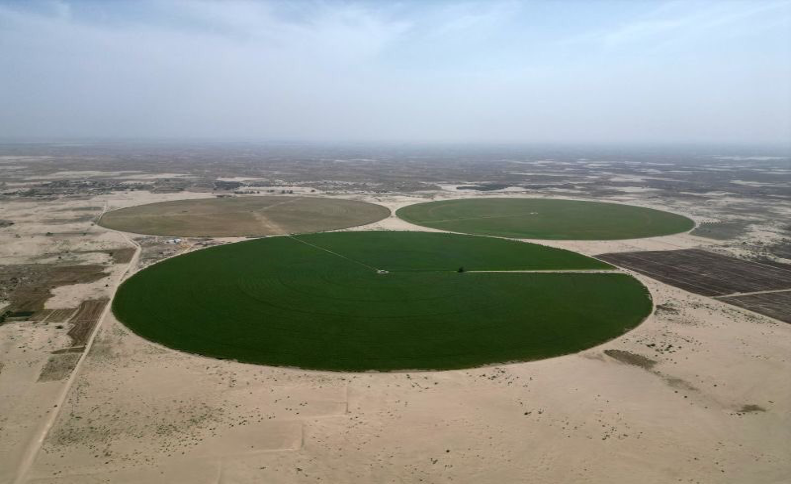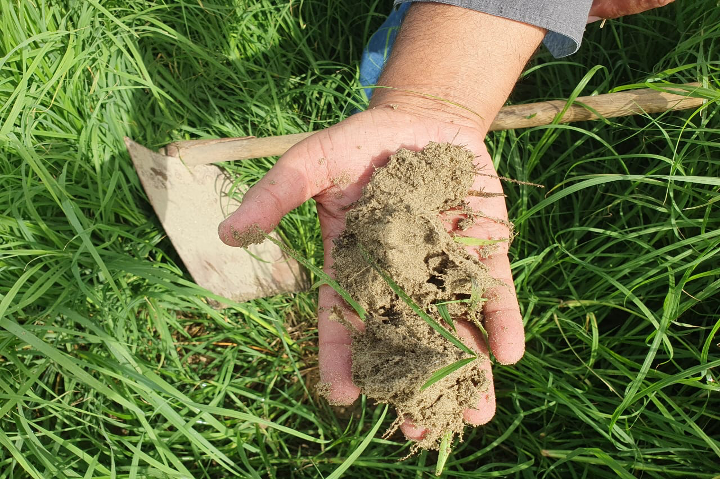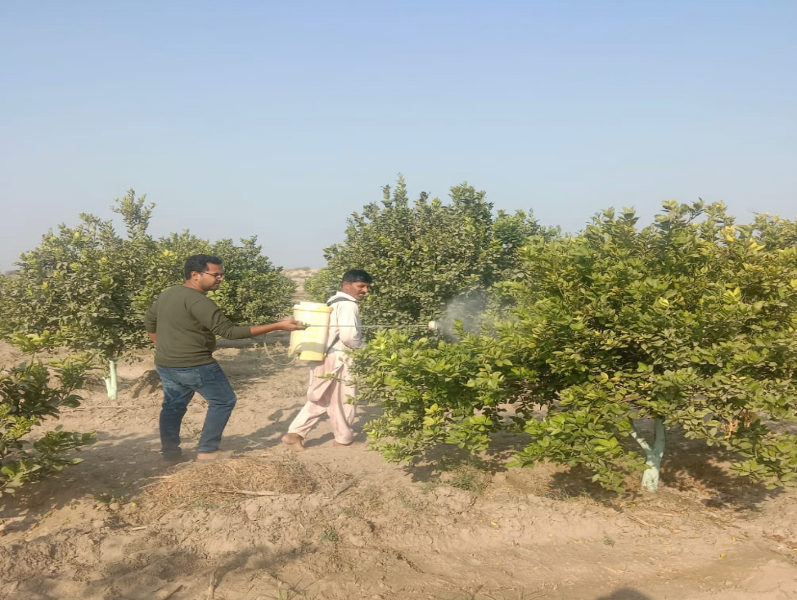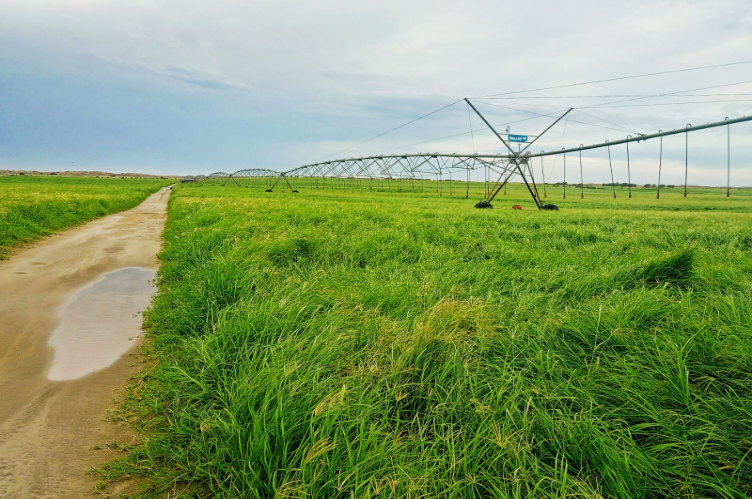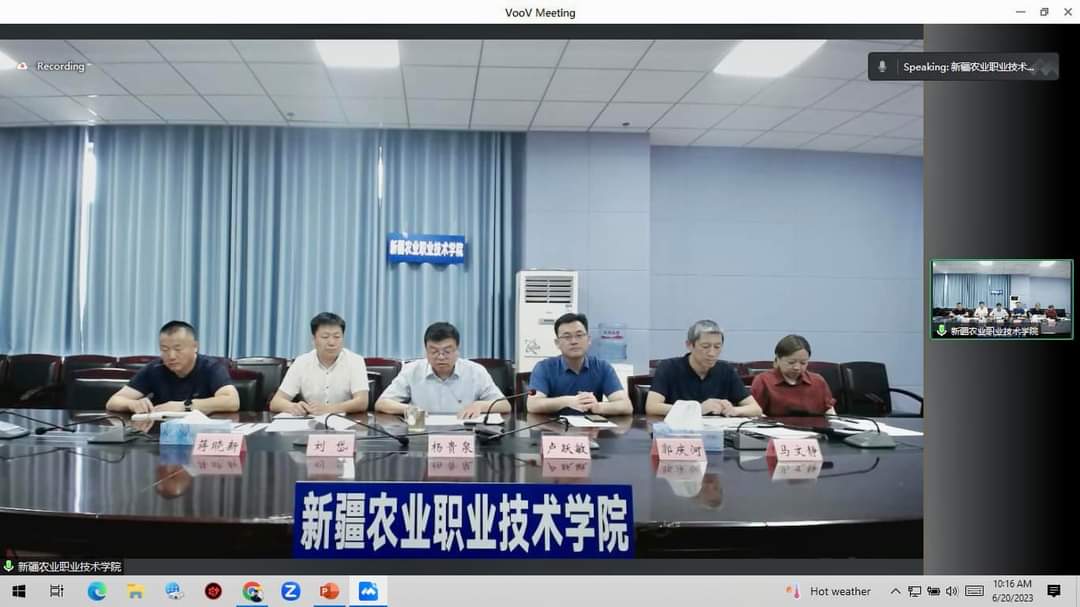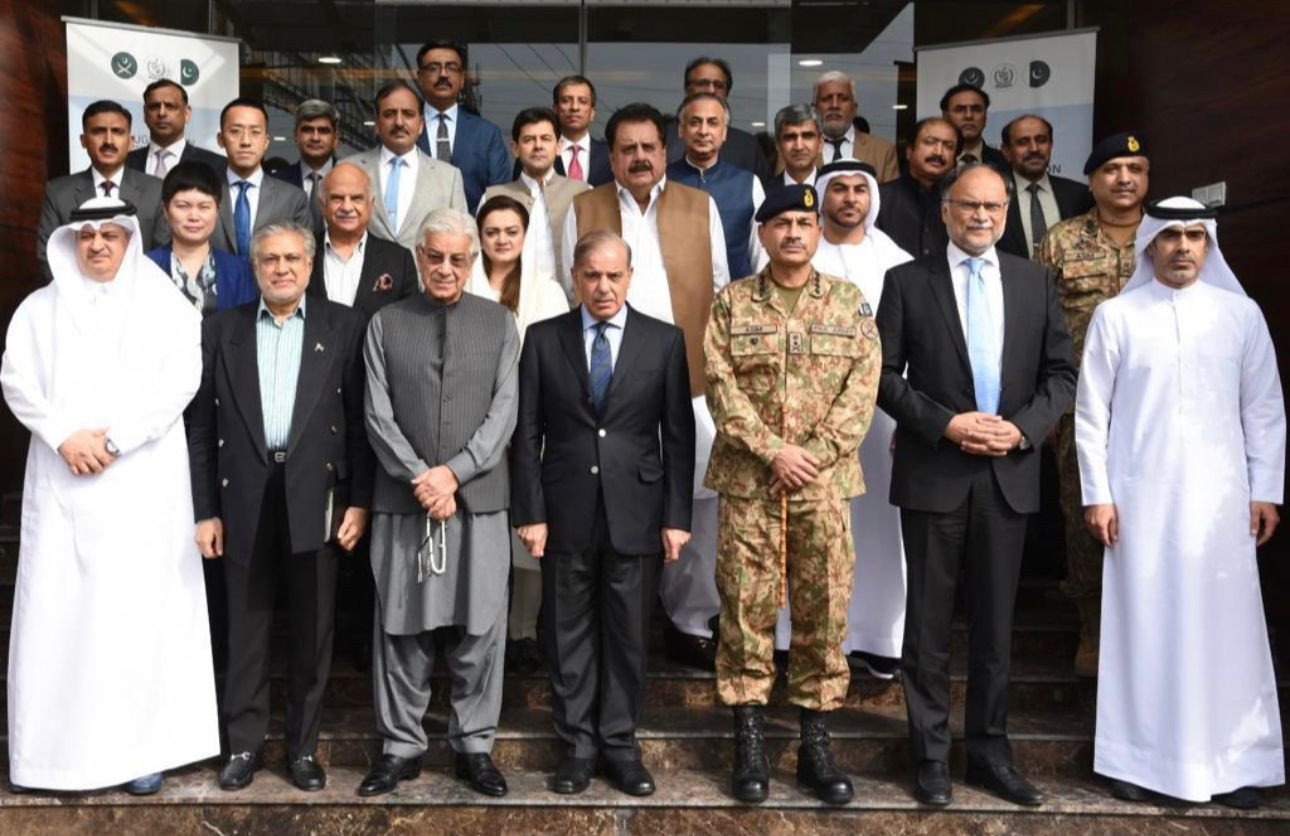.,.,
Ahmad Fraz Khan
June 12, 2023
It is hard to make sense of the agriculture budget this year: what it is for and what it will achieve next year — especially if taken in the backdrop of prime ministerial promises made a week ago in the budget (agriculture) proposal meeting.
If steps taken in the document are something to go by, one is not sure if someone tried to analyse issues that the sector is facing, leave alone trying to address them. In the absence of any such exercise, this finance bill will surely neither solve sectoral problems nor those of farmers during the next year.
First, let us recount the measures Finance Minister Ishaq Dar announced in his speech. He said the agriculture loan limit is increasing from Rs1.8 trillion to Rs2.2tr.
He also promised to shift 50,000 tubewells to solar energy and allocated Rs50 billion for it, withdrew duties on the import of seed, exempted the import of combine harvesters from duties, rice planters, seeders and dryers have been freed of duties as well, concessional loans and tax relief for the industry has also been promised, and Rs16bn have been set aside for subsiding loans and urea fertiliser.
Without belittling the benefits of these steps, now let us consider what the sector is facing and where these actions fit in. The sector suffered an exceptional rise in the cost of production in the last few years, especially in the last one when the current government came to power in April 2022.
No farmer can risk leaving solar equipment worth millions in the field, given law and order in rural areas
The seed sector is chaotic, where no one knows who is selling what, why and when he would quietly exit the market after inflicting billions of rupees in losses on the farmers. Water shortages are now a permanent part of farming, interrupted by super floods sweeping everything away between severe scarcity times.
Even a cursory reality check on measures taken by the budget reveals their irrelevance to the sector and its bigger issues.
As far as increasing loan limits is concerned, all financial institutions agree that they do not benefit farmers — only a tiny part of it goes to them and the rest to industry, which is regularly recycled and restructured in the name of the farmers.
The banks prefer paying fines for failing to meet these targets because they are less than the administrative cost of giving small loans to clientele spread far around. On top of it all, can farming afford a 25 per cent markup and still survive?
Shifting tubewells to solar energy has been a hoax every government resorted to because of perceived benefits. But the experiment has not taken off because no farmer can risk leaving equipment worth Rs3 million in the field, given law and order in rural areas.
Withdrawal of duties on machines and seeds should certainly positively affect individual farmers and crops, which can only be welcomed.
The measures announced in the budget look smaller also for two reasons: high hopes given by the prime minister in a pre-budget meeting and dismal performance by the sector last year.
In a meeting at Lahore, a week before the budget, the prime minister promised “practical and permanent steps” for agriculture reforms. It immediately raised hopes, especially because previous “Kissan packages,” announced by the PML-N governments, both at the centre and province, were worth hundreds of billions of rupees.
Khalid Khokhar of Pakistan Kissan Ittehad says that farmers had a single demand: control the cost of production. Help reduce input prices and bring fertiliser within farmers’ fiscal reach. Electricity, which used to cost farmers Rs5.35 per unit until two years ago, now costs between Rs45 and Rs50 per unit. It has been left untouched. “Solarisation has been offered as an alternative. However, no one has realised it has been on the offer for the last many years without any success. The process never took off because of massive investment in it and deteriorating social conditions. It has been dusted off again.
“The biggest investment is fertiliser, and there has been no relief. The usage of phosphorus fertiliser dropped by 50pc, and the application of potash fertiliser by 40pc last year due to price factors. Urea fertiliser has three different prices in the market and is given to growers on the fourth one — the black market rate, which naturally is the highest one. All these missing steps hardly leave room for any optimism as far this finance bill is concerned,” he says.
Syed Nadeem Shah
Member of Pakistan Central Cotton Committee
“The financial allocation in the budget does not match agriculture’s contribution to GDP.
I found nothing for the cotton sector. While seed imports were incentivised through duty exemption, it won’t benefit growers owing to ‘adaptability’ and ‘acceptability’ issues.
Rather, the government should concentrate on seed research and development allocations since indigenous varieties respond to climatic conditions. But with zero allocations for research, such seeds can not be produced.
If cotton is not getting attention, how will the Pakistan Central Cotton Committee (PCCC) come up with new varieties? PCCC employees are not given salaries regularly.
The subsidy on urea will most likely benefit traders instead of farmers. We should curb urea smuggling, and for this, the subsidy should be given directly to farmers to increase its uptake.
And, given past experiences, the Rs10bn markup subsidy for small farmers to enhance per-acre productivity will be good for nothing because the provincial government won’t pitch in its share.
Dr. Iqrar A Khan
Vice-Chancellor, Agriculture University, Faisalabad
“The budget can catalyse a second green revolution. It is likely to promote investment through enhanced credit availability, solarisation of tubewells, tax waivers on seed imports, fertiliser and machinery, promotion of SMEs through business loans, and prevention of postharvest losses.
Looking back, the green revolution of the 1960s was catalysed by the introduction of a new seed of wheat (MaxiPak), which was fertiliser responsive. The yields went up manifolds, necessitating mechanisation. Ever since then, we have continued to reinvent the same recipe. The times have changed with the arrival of GM crops, precision technologies, value addition and better trade and marketing options.
While I fully endorse the budget announcements, there could be more to it. The seed imports should be clearly spelt to allow the introduction of GM seeds. There are 1.2 million tubewells, and 50,000 is a modest start. The solar subsidy should be linked with net metering to avoid unnecessary pumping. My frustration is about a lack of attention to the investment in research. The largest research sector is universities with a stagnant budget allocation of Rs65bn only when fixed expenditure is bound to rise by 30-40pc.“
Aamer Hayat Bhandara
Co-founder of think-tank Agriculture Republic
“The budget is very good if one goes by the current state of the economy and resources available with the government. But, it does not emphasise as much as it should have on research and development of indigenous high-yielding, drought and heat-resistant seed varieties and localisation of imported farm inputs to make the country food secure.
In the absence of indigenously developed good quality seed, the country will have to depend on imported sources at the cost of previous foreign exchange. At the same time, the behaviour of the kernel in the local environment will be uncertain.
The decision-makers should have thought more of climate change resilience, early warning systems and crop insurance to enable the sector to survive in the harshest time of history.
I am upbeat about the policy of setting up value-addition small industries close to villages and hope that the step will lead to four immediate benefits for the rural population: cutting the crop transportation cost to markets, eliminating supply-chain losses, creating job opportunities for the jobless rural youth, and turning the unskilled labour into a skilled one force.


